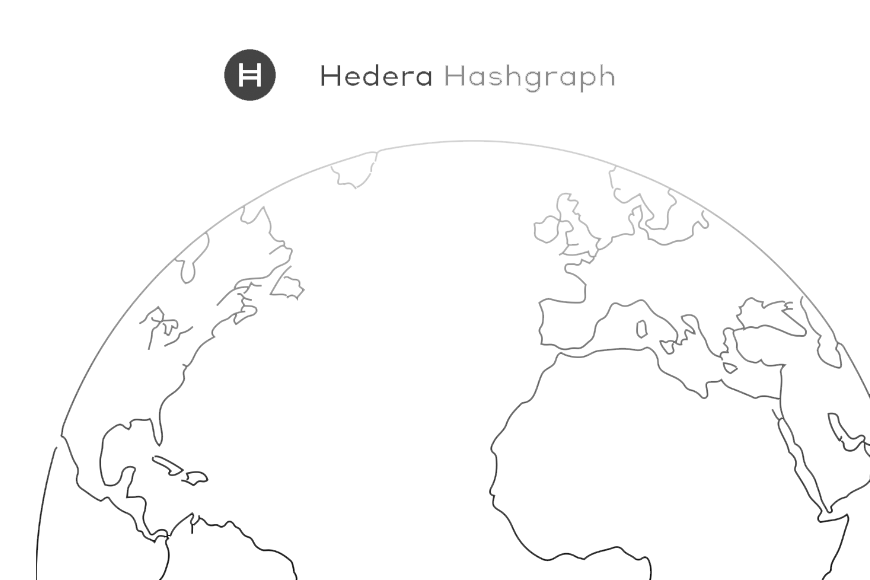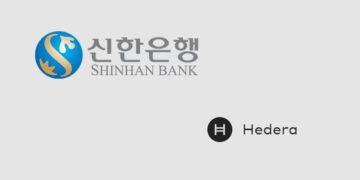Hedera Hashgraph, a next-generation public ledger designed to have highly diversified governance and the most distributed consensus at scale, today announced the first members of the Hedera Hashgraph Council, which will govern changes to the software run by millions of Hedera distributed nodes over time.
The governing council will bring stability and guarantee continued decentralization to the Hedera Hashgraph distributed public ledger. The initial members will be Deutsche Telekom, DLA Piper, Magazine Luiza, Nomura Holdings, Inc., and Swisscom Blockchain AG, representing some of the most respected names in the telecommunications, technology, financial services, legal, and retail industries globally.
Hedera’s vision is to create a safer, fairer, more secure internet — one in which online communities can collectively create and evolve shared worlds in cyberspace, and on which developers can build trusted applications that enable safe collaboration and commerce, without entrusting a central organization with personal data. To realize this vision, Hedera has focused on addressing four fundamental roadblocks to the adoption of public distributed ledger technology — technology, security, stability, and governance.
Last summer, Hedera Hashgraph raised over $100 million in a token sale from institutional investors.
Governing Council Ensures Long-Term Stability and Decentralization
Public distributed ledgers aim to provide decentralized systems, in which anyone can participate and benefit from them. But a peer-reviewed study from the Initiative for Cryptocurrencies and Contracts (IC3) at Cornell University, on “Decentralization in Bitcoin and Ethereum”, found that the world’s largest public ledgers have actually become more centralized over time. The study found the top four Bitcoin miners and top three Ethereum miners control more than 50% of the world’s hash rate, in part due to the lack of a governance model that ensures continued decentralization.
Hedera does not require mining or proof of work, and further plans to address ongoing decentralization concerns by separating governance from consensus. The governance model is based on the original model used by National BankAmericard Inc., founded in 1968, and later renamed VISA. It is designed in a way that ensures the governing council can be trusted to do what’s in the best interest of the Hedera network, that no single company has control, and that the Council cannot be unduly influenced by individual members or node operators.

CEO and Co-founder at Hedera Hashgraph
Mance Harmon, CEO of Heder
“A general-purpose public ledger should be governed by representatives from a broad range of market sectors and geographies, each with world-class expertise in their respective industries. With this inaugural group, we are demonstrating the caliber of organizations it takes to deliver long-lasting, stable governance for the industry’s first enterprise-ready public ledger suitable for mission-critical applications. Hedera’s governing members will provide the technical expertise to manage the technical roadmap, business expertise to manage business operations, expertise in economics and currency markets to manage the cryptocurrency, and legal expertise to help navigate the evolving regulatory environment. With the Hedera Hashgraph Council, you are seeing a truly distributed governance model finally come to fruition, and we could not be more excited about this first group of council members.”
Legal and Technical Controls Ensure Continued Decentralization
Hedera will use a blend of technical and legal controls to give the governing council tools to promote stability and ensure the network will never fork. The consensus model sees that the Hedera network will expand to millions of nodes voting on the order of transactions in a highly distributed network.






















